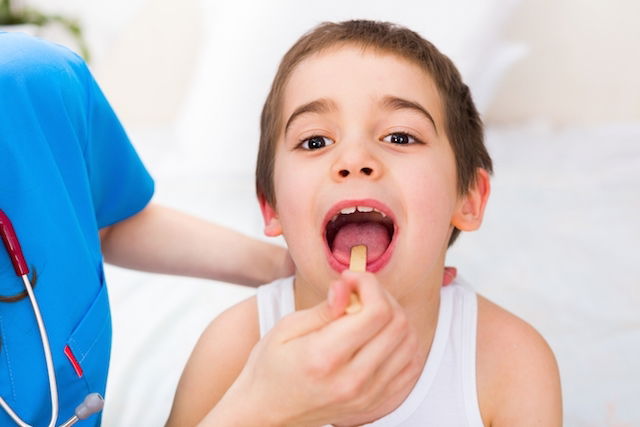Polio is an infectious disease caused by the poliovirus. This virus usually lives in the gut, but can enter blood circulation and affect the central nervous system. Poliomyelitis is associated with paralysis of the extremities and motor dysfunction, and can even lead to death.
The poliovirus is transmitted from person-to-person, with direct contact of discharge or bodily fluid, like saliva. It can also be transmitted by consuming contaminated water or food. This virus is most prevalent in children in areas with poor hygienic conditions
Although there are minimal cases of polio as of late, it is important to ensure total vaccination against polio is completed by the age of 5. This will prevent the disease from reemerging on a large national and global scale.

Main symptoms
Symptoms of polio vary depending on the type of infection contracted:
1. Non-paralytic polio
With this infection, paralysis does not occur. However, patients may experience symptoms like:
- Low-grade fever
- Headache and back pain
- General malaise
- Nausea and comiting
- Swollen throat
- Muscular weakness
- Pain or rigidity in the arms or legs
- Constipation
2. Paralytic polio
In some cases, patients develop a serious, paralytic infection that destroys neurons within the central nervous system. This infection is associated with symptoms like paralysis of the arms and/or legs, muscular weakness and loss of reflexes.
In extremely rare situations, a large part of the central nervous system is affected, leading to loss of motor control, difficulty swallowing and even chest paralysis, which can impede breathing and become life-threatening.
How it spreads
The transmission of poliomyelitis is usually from person-to-person. The virus is usually eliminated in the stool or bodily fluids, like saliva, phlegm or mucus. Therefore, the infection can also be spread through consumption of food that has been contaminated, or through droplets in the air.
Areas with little sanitation and poor hygienic conditions are at greater risk for transmission. Children are most affected by this disease, although it is possible for adults to also develop an infection, particularly if their immune system is already compromised due to old age or malnutrition.
How to prevent it
To prevent polio infection, you should ensure you live, work and travel in an area with adequate sanitation. You should ensure your water source is reliable and that your food is properly washed before consuming.
The main way to prevent polio disease is through vaccination, which is administered in 3 doses plus a booster between the ages of 2 months to 5 years. Read more about the polio vaccine and when it is administered.
Treatment options
Just like other viral disease, poliomyelitis does not contain a specific treatment. Rest and adequate fluid intake and accelerate recovery, and the doctor can prescribe medications like acetaminophen to manage symptoms like fever and body aches.
In serious cases that involve paralysis, treatment may involve physiotherapy sessions and orthotics to help adjust posture and promote day-to-day independent living.
